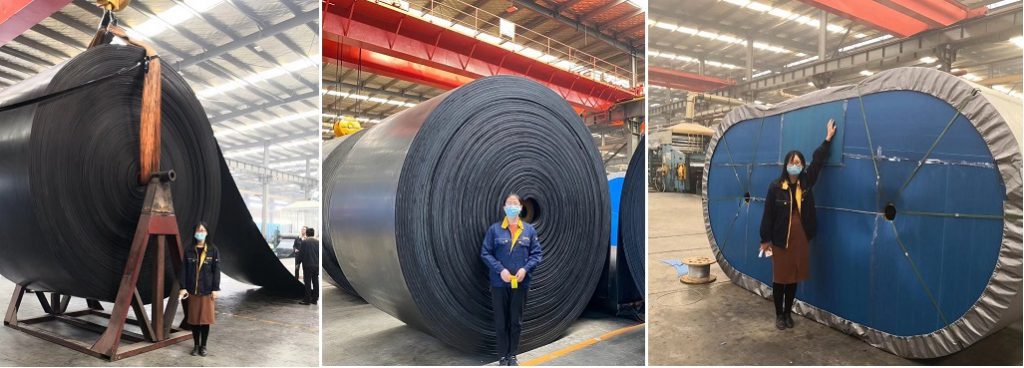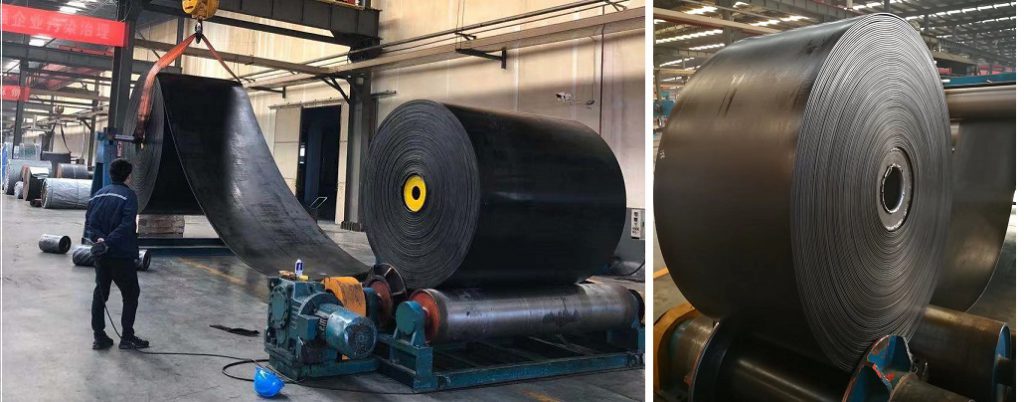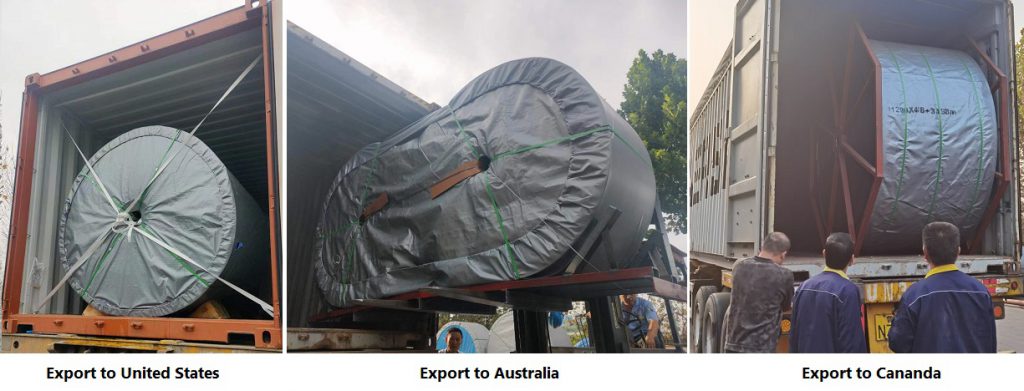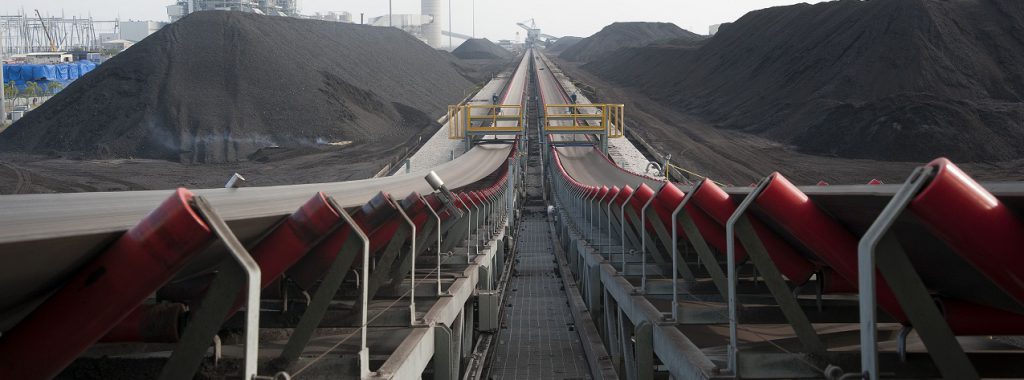How to Deal With the Failure of the Accessories of the Conveyor

General faults and treatment methods of conveyors below 100 meters
Before starting the conveying machinery and equipment, check the contact status of the rubber scraper of the cleaning equipment and the unloader with the conveyor belt and the status of the conveyor belt joints to deal with problems in time. To inspect the operation status of the conveyor belt, find the misalignment, slip and damage, and adjust and deal with it. Check the rolling status of the rollers in a tour, and replace the rollers that are not rotating or damaged in time. Lubricate the bearings at regular intervals and pay attention to the bearing temperature. Protect the operating environment.
Regular inspection of the conveying machinery and equipment shows that the conveyor belt carcass should not be exposed, the vulcanized layer should not be layered, and the wear thickness of the hopper baffle should not exceed two-thirds of the design thickness. The deformation and vibration of the conveying frame should not have obvious deformation and tremor, and the wear of the conveyor pulley’s rubber lagging should not exceed two-thirds of the design thickness. The roller bearing should not be stuck. The conveyor belt and cleaning rubber plate of the conveyor accessory conveyor belt cleaner should be adjusted when they are 5mm away from the conveyor belt.
Conveyor belt misalignment: The root cause of the conveyor belt misalignment is the unbalanced lateral force of the conveyor belt during operation. The misalignment of the head conveyor belt can be corrected by adjusting the adjusting bolt on the drive pulley support. The tail pulley runs in the opposite direction. Assuming that the conveyor belt itself is severely bent, or the splicing are not correct, there will be a long interval of misalignment. It is necessary to cut off the bent part or cut off the head to replace or redo the splicing from the beginning. It is necessary to wait for the conveyor equipment to be fully loaded after no-load operation. Decide whether to adjust according to the misalignment situation.
Conveyor belt edges are fuzzed and cracked, rubber repair agent can be used for bonding, and the conveyor belt edges are torn. It can be used for partial cold glue bonding and partial vulcanization bonding.
When the conveyor is in operation, the cleaner should be secure. The return conveyor belt should be kept clean and free of sticky material. Otherwise, the material will follow the conveyor accessories and enter the drive pulley or redirect the roller, which will increase the rubber layer of the conveyor belt and the drive pulley. Of wear. There will be cracks on the conveyor belt, the glue layer will fall, and the canvas will be exposed, which will reduce the operating life of the conveyor accessories.
Conveyor belt slippage: The conveyor belt that is tensioned by gravity is used for slippage, and the counterweight is added to deal with it. Add to the stop of the conveyor belt without slipping. However, it should not be increased too much to prevent unnecessary excessive tension on the conveyor belt and reduce the operating life. After the rubber layer of the conveyor pulley is worn excessively, the friction between the conveyor belt and the roller will decrease, which can also cause the conveyor to slip during heavy load, and the roller needs to be recast rubber.
If the roller does not rotate, the bearing may be damaged due to poor lubrication of the roller bearing, which will cause the roller to jam. It is necessary to add grease to the bearing or replace with a new bearing.
Material blocking at the tail: The cause of material blocking is the material spilled by the conveyor equipment. There are three reasons for the material scattering. The material at the transfer point and the concave section also have no arc filter area. Corresponding method to clean up the phenomenon of spattering.




Tags: conveyor belt maintenance,Rubber conveyor belt






